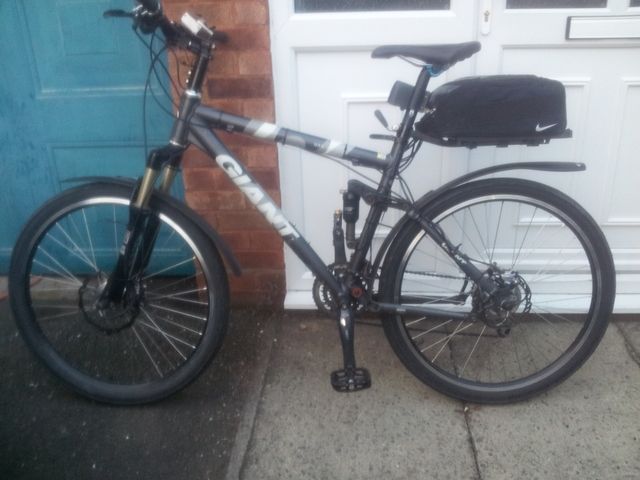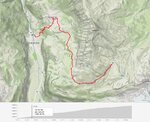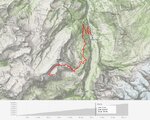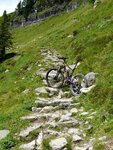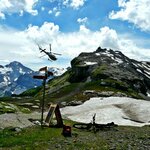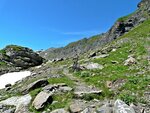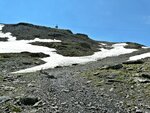NoDTMF
Active Member
I'm curious now with the "state of art" of hubs. I have a Bosch Active line mid drive. It is geared with 11-40 rear cog. I can not make it up some very steep slippery gravel hill climbs. Two reasons: I get tired, or it is so steep that I hit a rock bounce the front wheel sideways and then basically lose balance (not enough forward momentum)
I imported one of my rides into Strava which calculates grades and it claims a portion of the climb at 25%! I definitely was pushing up that! I would say the grade exceeds 20% for very short periods of time and can be 15-18% for a ways. Really the only way to make those is with speed to carry you through it.
Here is the Strava page:
https://www.strava.com/activities/596271115
Click on the graph and move the mouse around, and it display Stats at any given point.
So, my question: Would a throttled plus peddle assist hub make it? Basically can one keep the speed up?
I would like to try a higher power mid drive as well. BTW, I also worry about range...that ride above uses up most of the battery on the Active motor. Be nice if there was a switch to engage regenerative braking...I tend to go way too fast down hill, just to make sure the brakes survive.
BTW I have yet to see any other bike on the trail trying to go up. Occasionally, I see some guys coming down. I think I will go to the bottom one day and just watch to see how others get up.
I imported one of my rides into Strava which calculates grades and it claims a portion of the climb at 25%! I definitely was pushing up that! I would say the grade exceeds 20% for very short periods of time and can be 15-18% for a ways. Really the only way to make those is with speed to carry you through it.
Here is the Strava page:
https://www.strava.com/activities/596271115
Click on the graph and move the mouse around, and it display Stats at any given point.
So, my question: Would a throttled plus peddle assist hub make it? Basically can one keep the speed up?
I would like to try a higher power mid drive as well. BTW, I also worry about range...that ride above uses up most of the battery on the Active motor. Be nice if there was a switch to engage regenerative braking...I tend to go way too fast down hill, just to make sure the brakes survive.
BTW I have yet to see any other bike on the trail trying to go up. Occasionally, I see some guys coming down. I think I will go to the bottom one day and just watch to see how others get up.
